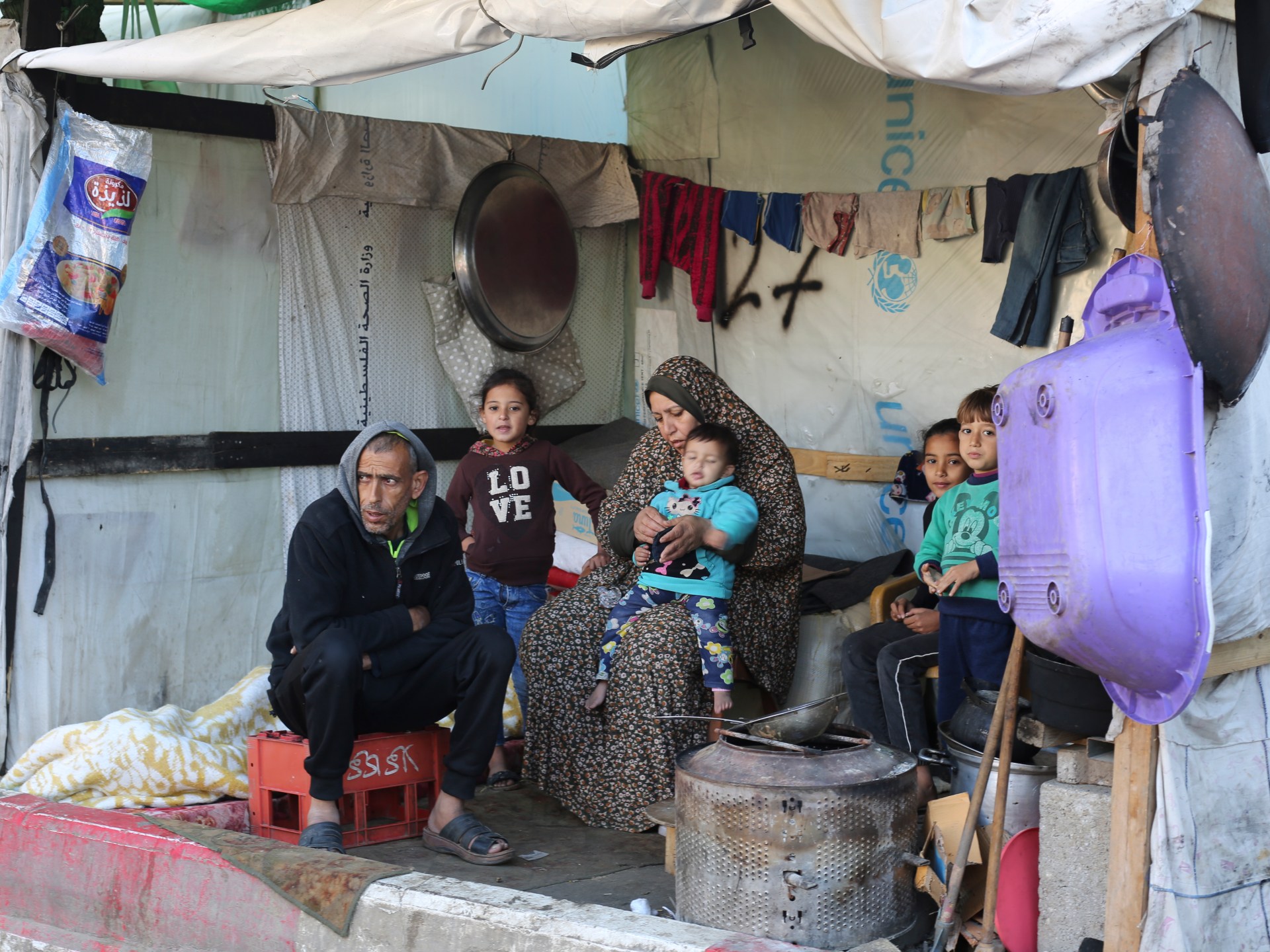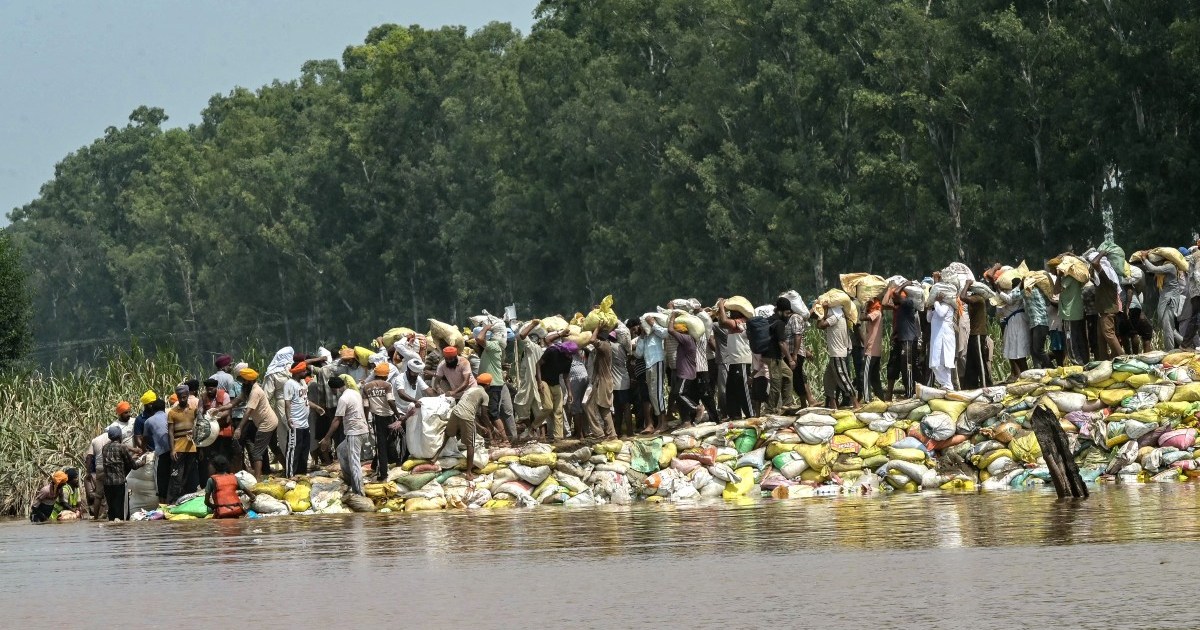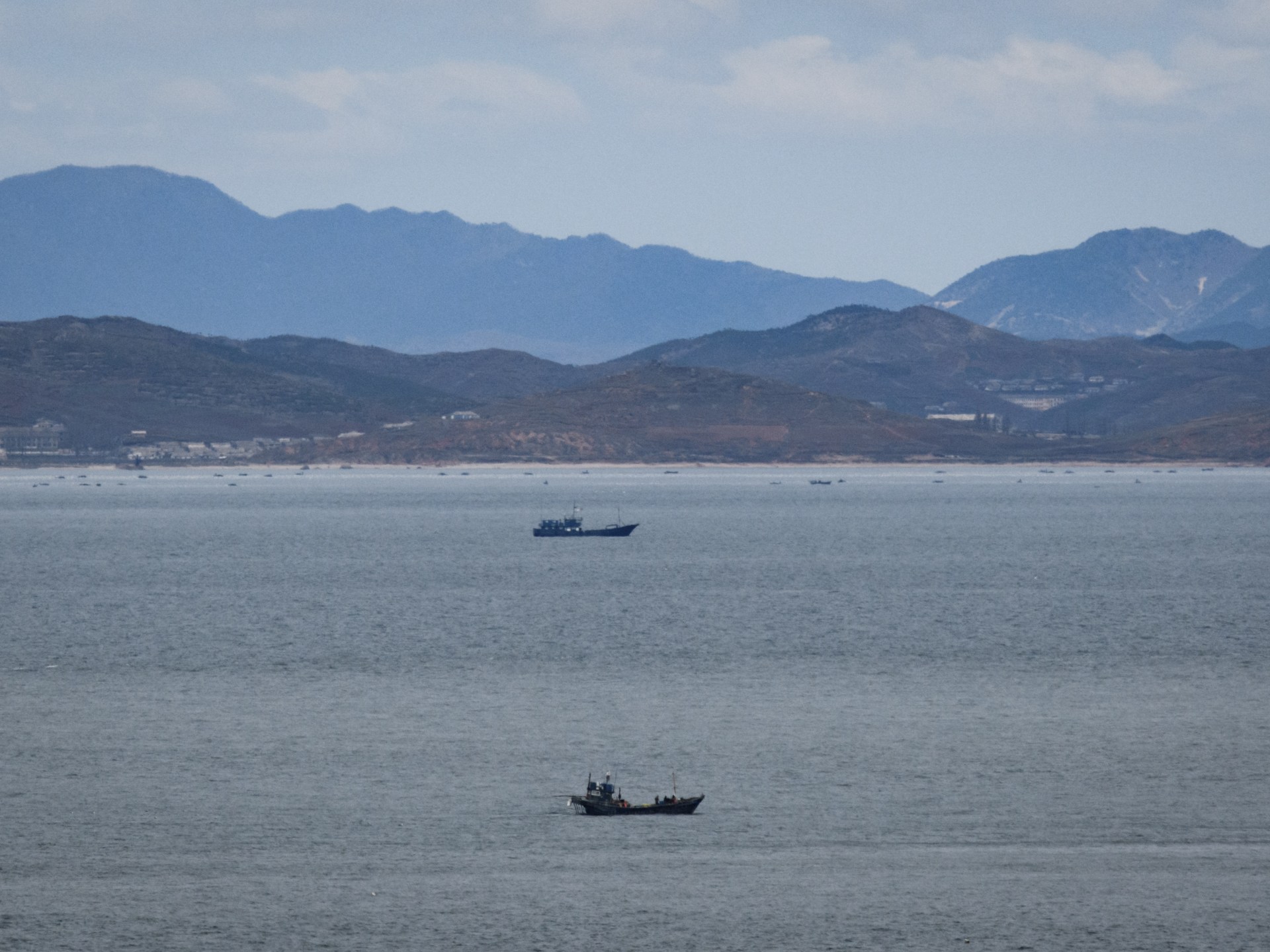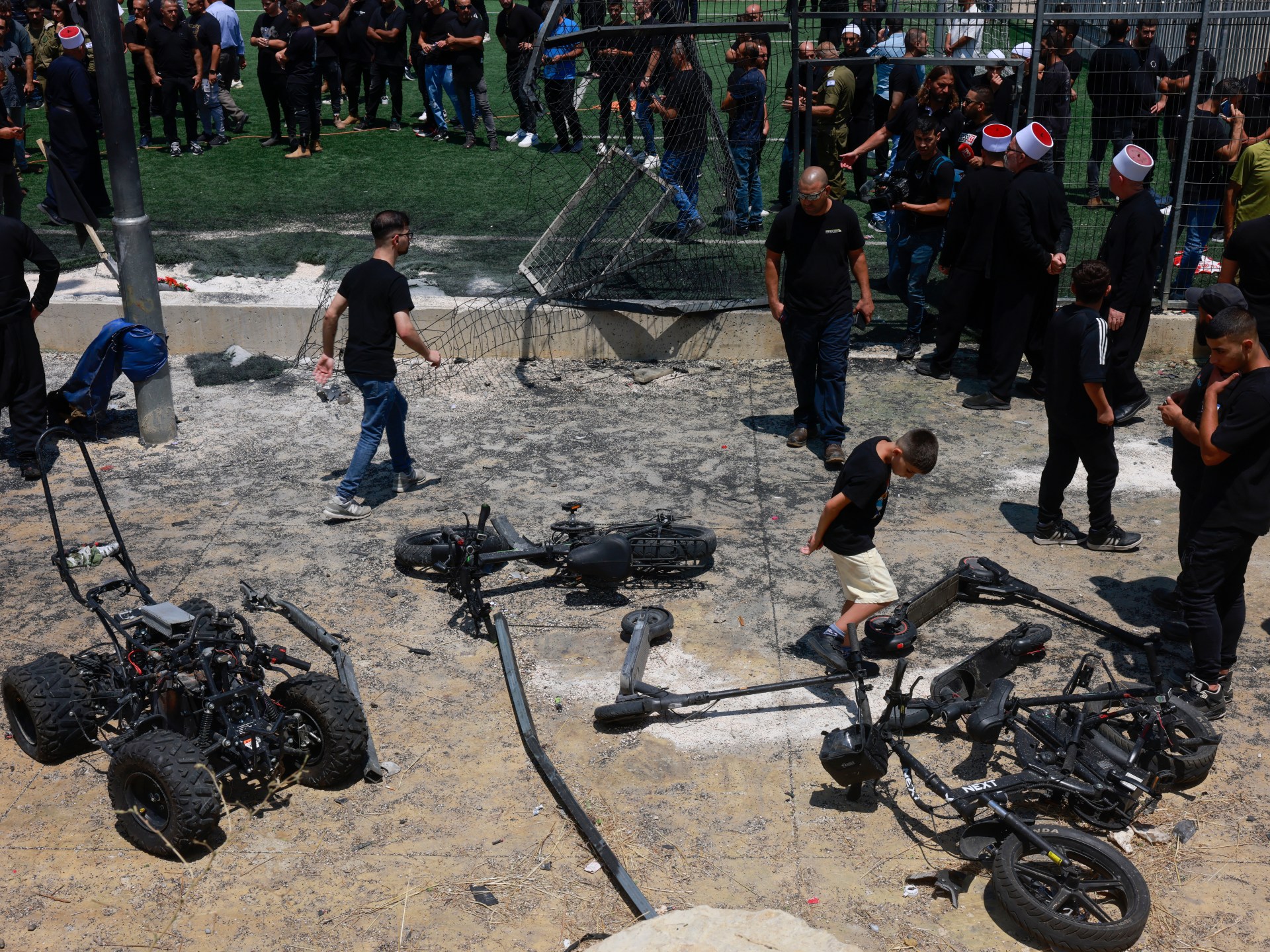The Swiss Federal Department of Defence Procurement (Armasuisse) is offering 50,000 Swiss francs ($57,800) to the three best ideas on how to recover some 12,000 tonnes of old ammunition from the country's lakes, including Lake Thun, Lake Brienz and Lake Lucerne.
“Armasuisse wants to involve academia and industry in considering how a safe and environmentally friendly recovery of deep-sea munitions could be carried out,” the department said in a statement.
The operation to remove the munitions, dumped between 1918 and 1964, is believed to have cost the government billions of francs.
So why do Swiss lakes contain old munitions and why is Switzerland so eager to recover them now?
Why are there ammunition in the lakes of Switzerland?
Over the course of many decades following World War I, the Swiss Army dumped some 12,000 tons of ammunition into Swiss lakes. Due to Switzerland's limited space and high population density, this was considered a “safe” way of disposing of surplus and defective ammunition stocks.
In some lakes, these munitions have sunk to depths of between 150 and 220 metres (492 to 721 feet). However, in others, such as Lake Neuchâtel, the munitions are found only six or seven metres (20 to 23 feet) below the surface.
Was dumping in lakes a common way to dispose of ammunition?
Switzerland is not the only country to have disposed of ammunition in this way.
According to a 2017 report by the John Martin Centre for Nonproliferation Studies, which campaigns against weapons of mass destruction (WMD), an estimated 1.6 million tonnes of munitions were dumped into many of our major lakes, seas and oceans between 1918 and 1970, with the bulk of this concentrated in seas near Germany and the UK.
Experts believed that deep waters in lakes and seas would effectively “isolate” the munitions, preventing them from causing damage. The underwater environment was supposed to contain any potential chemical hazards and leave the munitions intact, reducing the risk of explosion.
Why does Switzerland want to recover these munitions now?
In recent years, there has been growing concern that dumped munitions could be causing environmental damage.
Retired Swiss geologist Mark Buser wrote a report 10 years ago claiming that the munitions could be contaminating the water and soil around the lakes with trinitrotoluene (TNT), a chemical compound used in explosive munitions.
Then, in 2020, a collaborative report published by the Polish Academy of Sciences, the Helmholtz Institute, Centre for Polar and Marine Research (Germany) and the Marine Research Centre (Finland) also found a risk of seawater contamination from munitions.
The report notes that “these munitions are a threat to maritime workers, but also to the environment. Corrosive shells release toxic degradation products into sediments and bottom waters and, unlike other pollutants, cannot be reduced by land-based measures. Only eliminating the source can reduce pollution.”
It is also known that the fuses on many of the munitions were never removed before they were dropped, meaning there is still a risk of them exploding. Fortunately, none of the dropped munitions have exploded so far.
Why has a competition been launched to find a solution?
In short, Swiss authorities have run out of ideas, having so far faced a litany of obstacles in their attempts to solve the problem.
Experts assessing the risks posed by the munitions dumped in 2005 concluded that “all proposed munitions recovery solutions available at the time would result in massive sludge turbulence and high risks to the sensitive lake ecosystem.”
Poor visibility beneath the water surface in Swiss lakes and the risk of explosions have further hampered progress.
According to Armasuisse, some ammunition components are made of non-magnetic copper, brass or aluminium, making it difficult to detect their location.
Armasuisse continued: “The proposals submitted are not planned to be implemented immediately, but could serve as a basis for further clarifications or for launching research projects.”
The deadline for applications is February 2025. The winner(s) will be announced in April.











